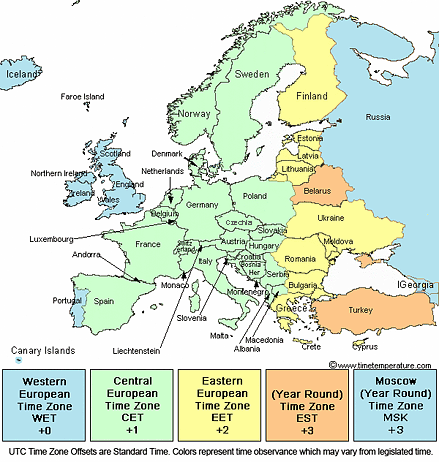

The average wind speed is 21 kph (13 mph). There are on average 2.5 hours of sunshine per day. The day lasts on average 8 hours and 20 minutes. Precipitation amounts to 65 mm (2.6 in), distributed over 12 days. However, it reached 14 ☌ (57.2 ☏) in January 2007. On the warmest days of the month, the temperature usually reaches around 11.5 ☌ (53 ☏). On the coldest nights of the month, the temperature usually drops to around -6 ☌ (21 ☏). The average temperature is of 3.7 ☌ (39 ☏), with a minimum of 1.2 ☌ (34.1 ☏) and a maximum of 6.2 ☌ (43.2 ☏).

In January, the coldest month of the year, the weather in Amsterdam is usually cold. ( January - February - March - April - May - June - July - August - September - October - November - December) Here are the average sunshine hours per day. The amount of sunshine in Amsterdam is not high: the sun rarely shines from November to February, while it goes a bit better from May to August, when the weather is variable, and between one disturbance and another, the sun can come out. The first night frosts usually occur in November, but sometimes also in October. The heat record is 36.4 ☌ (97.5 ☏), set in July 2019.Īutumn, from September to November, is initially pleasant, in the first half of September, then it gradually becomes more cold, dull, wet and windy. On the hottest days of the year, the temperature typically reaches 32/33 ☌ (90/91 ☏). At night, it can get a bit cold, in fact, lows can drop below 10 ☌ (50 ☏) even in July and August.Īt times, hot periods can occur, generally of short duration, which in recent years are becoming more frequent due to global warming, and in which the temperature can exceed 30 ☌ (86 ☏). The wind blows constantly from the sea, and rainfall is quite frequent as well.

Summer, from June to August, is a mild season, and it's characterized by pleasant periods, with daytime temperatures between 20 ☌ and 25 ☌ (68 ☏ and 77 ☏), but also by cooler periods, with temperatures remaining below 20 ☌ (68 ☏) even in the warmest hours. Typically, by the second half of May, the temperatures become permanently acceptable, and there can be the first pleasantly warm days, with highs around 25 ☌ (77 ☏) or even above.

However, April and May are the (relatively) least rainy and cloudy months. Spring, from March to May, is initially cold, with possible snowfalls still in March (and sometimes even in April), and then it gradually becomes milder, although some cold days, with highs around 10 ☌ (50 ☏), can also occur in May, especially in the first half of the month. Snowfalls in Amsterdam are quite frequent, though usually not abundant, and occur in the form of light snow, sometimes, however, snow can accumulate on the ground, and last for many days, if it occurs during cold waves. The coldest record is -19.7 ☌ (-3.5 ☏) and was set in February 1956. Generally, on colder winters, the temperature can drop to around -13 ☌ (9 ☏) more rarely, it can drop below these values. During the most intense and prolonged cold waves, the city's canals can freeze. On the other hand, when the city is reached by cold air masses from Russia, the temperature drops below freezing, for longer or shorter periods, even during the day. When the westerlies blow, temperatures can be quite mild, and can reach 10/12 ☌ (50/54 ☏), but there may be wind and rain. However, different weather situations can occur. Winter, from December to February, is cold: temperatures are on average around freezing (0 ☌ or 32 ☏) at night and a few degrees above during the day wind and humidity often exacerbate the feeling of cold.


 0 kommentar(er)
0 kommentar(er)
